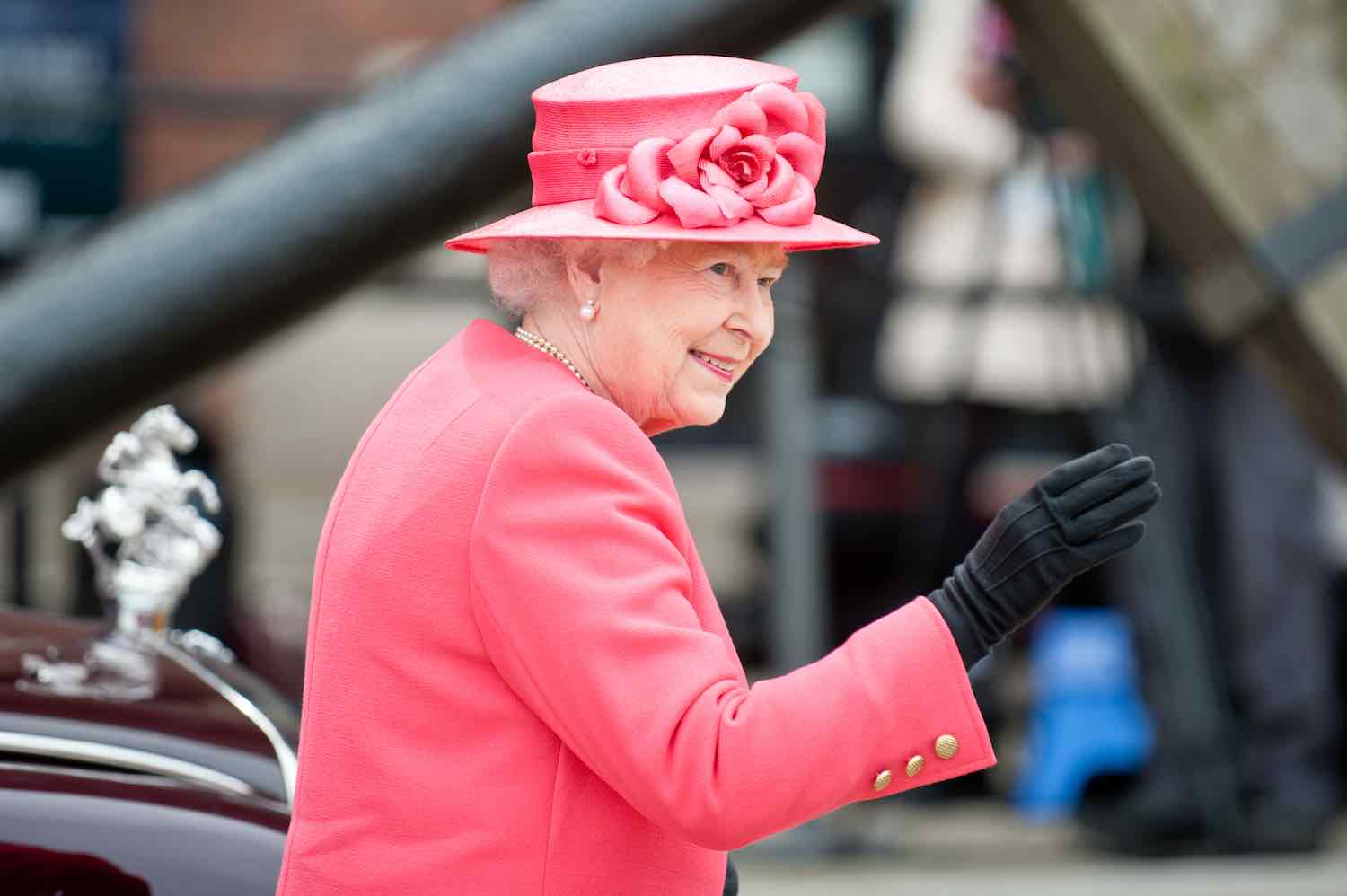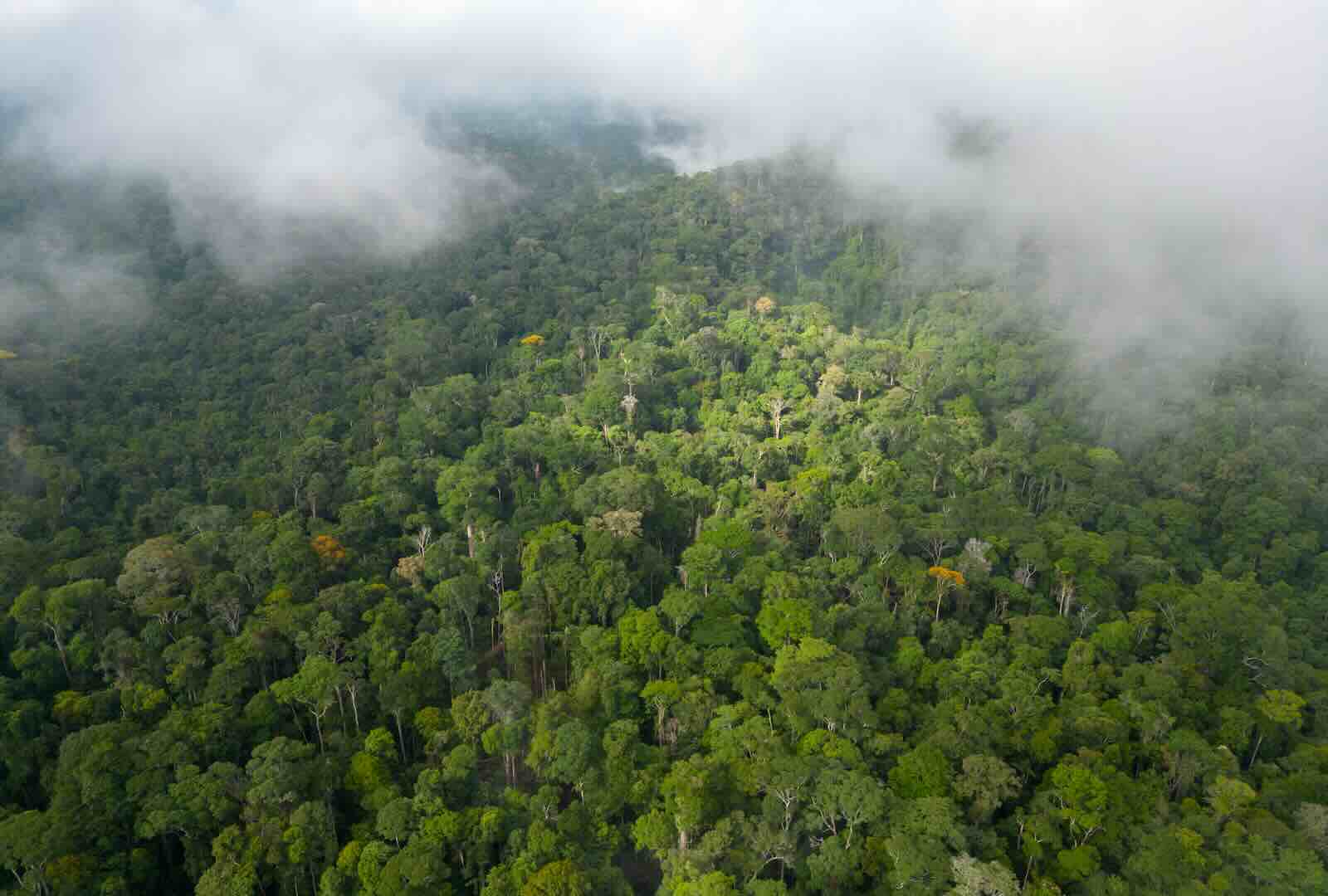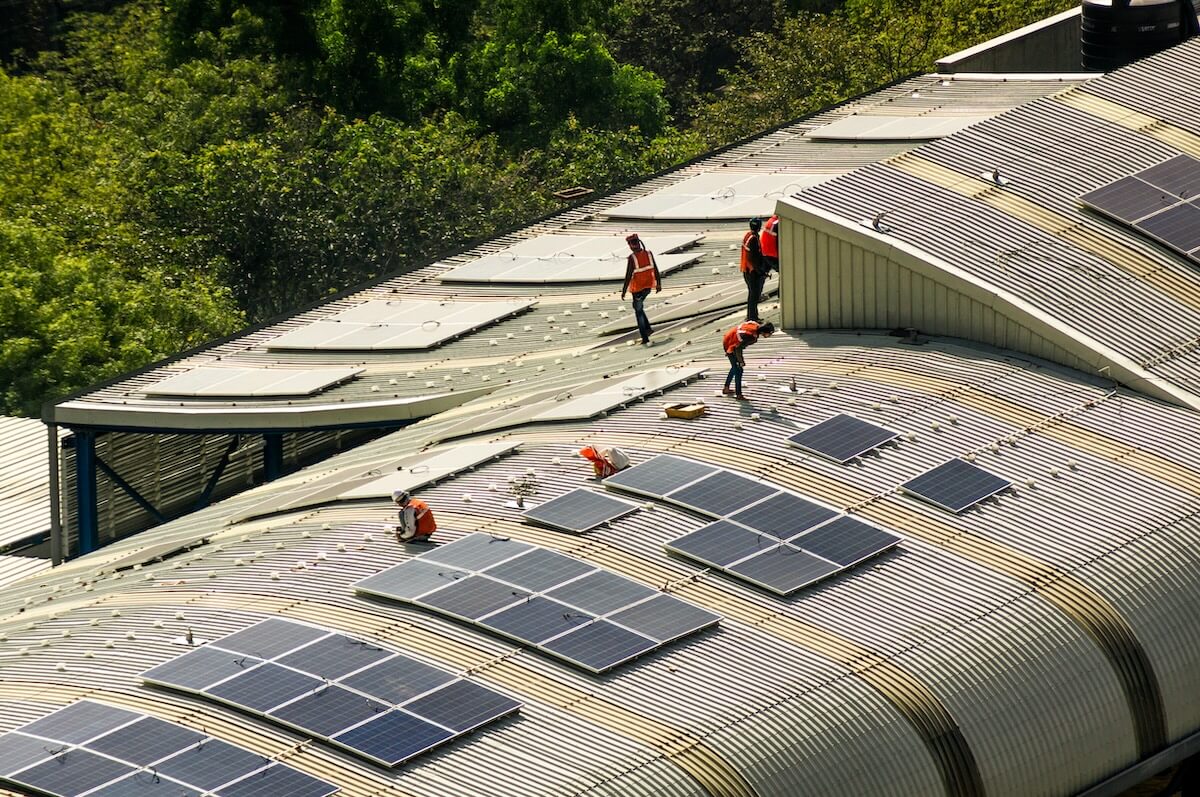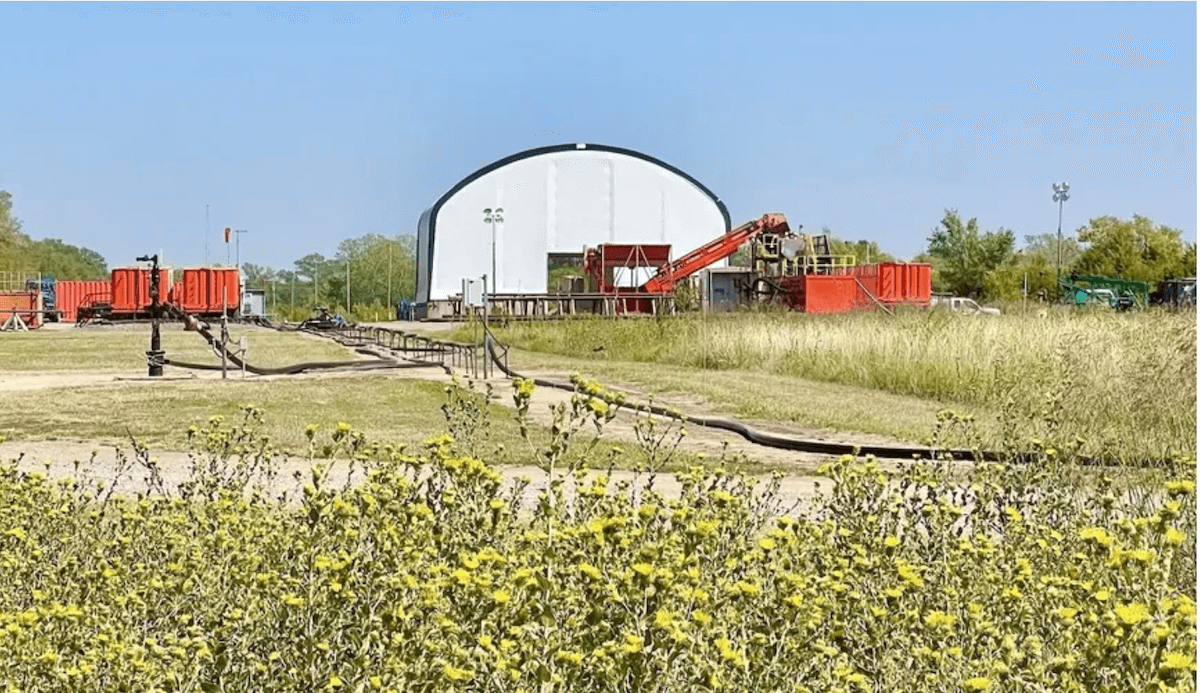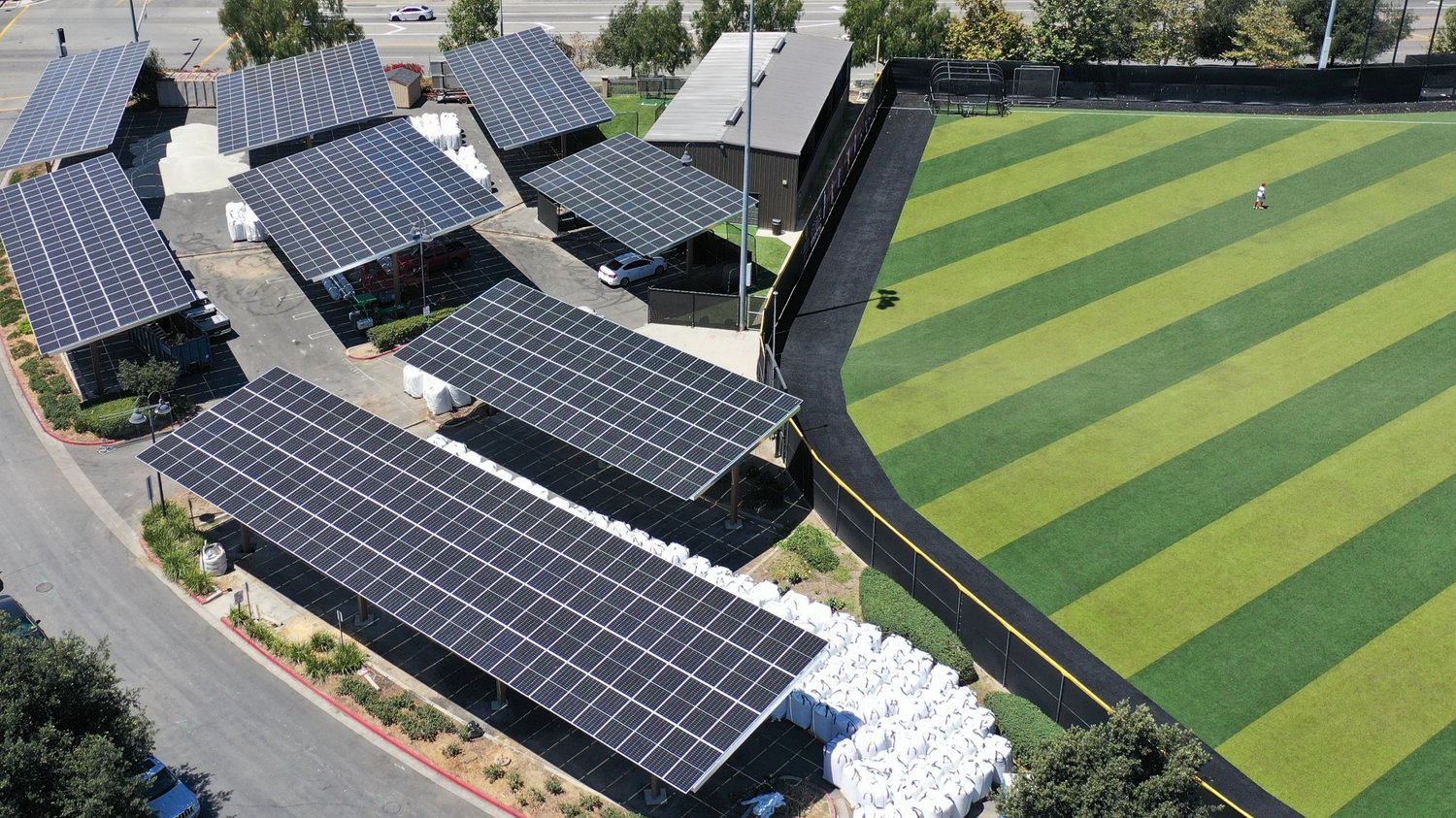In 1952, the 25-year-old Princess Elizabeth of York stepped down from her treetop camp in Kenya’s Aberdare National Park and became Queen Elizabeth II. On September 8th, just 48 hours after her latest public meeting, she died, ending more than eight decades of remarkable public service. Despite the spotlight on her life — and the blockbuster Netflix depiction in “The Crown” — the queen’s increasingly urgent calls for action to address the accelerating climate crisis were often overlooked.
Last year, the queen was captured on video complaining about the UN COP climate conferences where, she said, “it’s really irritating when they talk, but they don’t do.”
At COP26 in Glasgow, the queen gave what many royal watchers say was the most personal and emotional speech of her reign when she opened the UN climate conference by reminding the gathering that her beloved Duke of Edinburgh had sounded the alarm on climate change well before it was even called that.
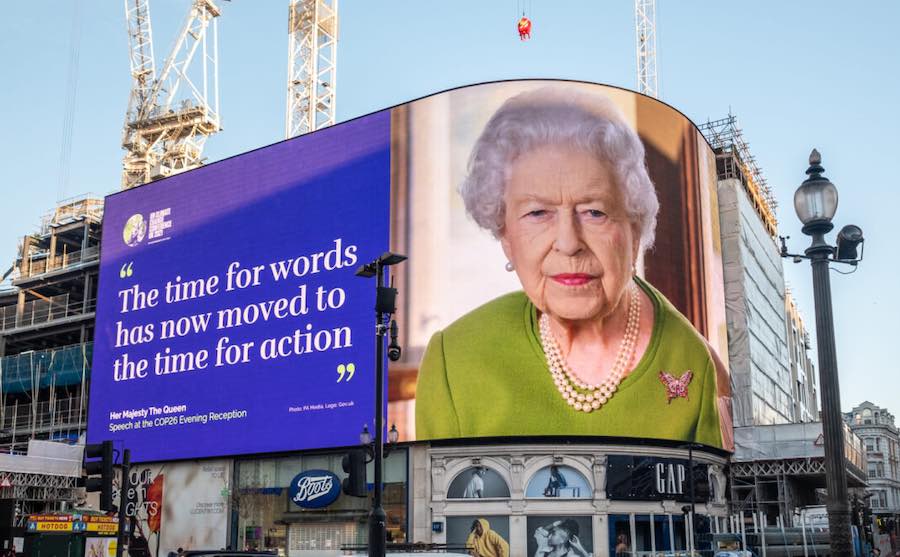
In 1969, he told an academic gathering: “If the world pollution situation is not critical at the moment, it is as certain as anything can be, that the situation will become increasingly intolerable within a very short time … If we fail to cope with this challenge, all the other problems will pale into insignificance.”
Early adopter
The queen’s climate journey began in the early 2000s when she began to use her influence to push for action in speeches before the UN, in a Commonwealth Day message and in her annual Christmas Day speech. In 2004, she urged then-Prime Minister Tony Blair to address climate change more aggressively with President George W. Bush. By 2005, the Sunday Observer reported she had become “one of the U.K.’s most eminent experts on climate change.” In 2010, she appeared before the UN at its headquarters in New York, where she listed climate change as one of the organization’s two major challenges.
She is said to have been particularly pleased to host a climate change investment conference with Bill Gates and others last year.
For many, the queen’s interest in climate affairs seems at odds with the royal trapping of hunts and horse racing. Environmentalists have long decried the adverse environmental effects of everything from grouse hunting to horses, hounds and foxes. But like so many in the upper class, the queen’s growing climate awareness started with the privilege of growing up in vast pastoral estates.
That love of nature — particularly her summer retreat to the moors of Balmoral, Scotland — instilled a deep, almost mystical, affection for nature that, over time, morphed into more assertive climate advocacy.
Increasingly, environmental causes became a central theme of the queen’s formal life. She held dozens of patronages and links with environmental organizations, from African Parks to Botanic Gardens.
And behind the pomp and circumstance required of royal duty, the queen herself lived a very frugal life, perhaps deeply influenced by the “do with less” years of World War II. She ate simply, reused wrapping paper, lived in cold palaces, kept furniture for decades, turned lights off, re-wore outfits, and farmed honey at Buckingham Palace. Her one nod to personal extravagance was her love of outlandish, but elegant, brightly colored couture.
Family affair
The queen’s environmental advocacy was profoundly influenced by her late husband, Philip. He, with little fanfare, became a pioneer of the modern environmental movement in the U.K. when it took on the patronage of the newly-formed World Wildlife Fund, to which he would devote himself for the rest of his life. Like so many aristocrats of his generation, he went from shooting endangered animals (a tiger) to protecting them. And with that came a growing environmental conscience.
“We depend on being part of the web of life. We depend on every other living thing on this planet, just as much as they depend on us,” he once reflected.
But perhaps the greatest climate legacy of the royal couple was to instill in their offspring a passion for the environment.
Soon-to-be crowned King Charles III has championed climate, sustainability, organic farming, biodiversity and the sanctity of nature long before most people even knew what climate change was — sadly making him the subject of sneering mockery, along with his jug ears.
What remains to be seen is how he will use his newfound power as a monarch to push his climate agenda forward.
If Charles can’t, his son, the soon-to-be Crown Prince William, can and will. So too will his brother, Harry, if they can reconcile. William has made it clear that championing climate solutions will be his primary calling. He has launched the already highly successful Earthshot Prize, the most ambitious and prestigious of its kind. It’s designed to incentivize, change and help to repair our planet over the next ten years. “The science is there,” he told Climate & Capital columnist Danny Kennedy and actress Cate Blanchett on a recent podcast. “Real solutions are out there, but is there real capital to support them?”
Fulfilling her last wish
It’s now up to the new king and crown prince to see if they can translate the queen’s same sacred vow to God, country – and the world – to make it their life’s duty to carry on the queen’s climate legacy.
A year before she died, she fondly reflected on her family’s environmental legacy. “It is a source of great pride to me,” she told the COP26 delegates last November, “that the leading role my husband played in encouraging people to protect our fragile planet lives on through the work of our eldest son Charles and his eldest son William. I could not be more proud of them.”
Of course, she would never have talked about her own efforts.
King Charles’ climate opportunity
Not since the darkest days of World War II has Britain’s royal monarch faced such a challenge – or opportunity. The House of Windsor now has an unprecedented opportunity to be an influential moral leader in the global climate fight.
Never has there been a more critical moment to be a symbol of public duty towards a higher cause. With their royal consorts, King Charles and his sons can impose immense moral persuasion on a faltering climate movement. If successful, they will demonstrate to a skeptical world that there remains a vital role for Britain’s royal family.
Because he is King, he has royal privilege to stand above the grimy short-term politics and business of climate change. He also has the opportunity to use his fame to force the world to focus on the hundreds of millions of people scattered across the Commonwealth who are bearing the brunt of climate change.
With his new mandate from heaven, he, like the Pope, can send a powerful message to the oligarchs, tyrants and, yes, other monarchs who seem determined to prolong the life of the fossil fuel era. Should he choose, he can become a global voice of conscience and use his power of persuasion to pressure the business world to think beyond short-term gains.
For King Charles III, it is his moment to cross the Rubicon.
This article was originally published on Climate & Capital.
Peter McKillop is the founder of Climate & Capital Media, a mission-driven information platform exploring the business and finance of climate change.

